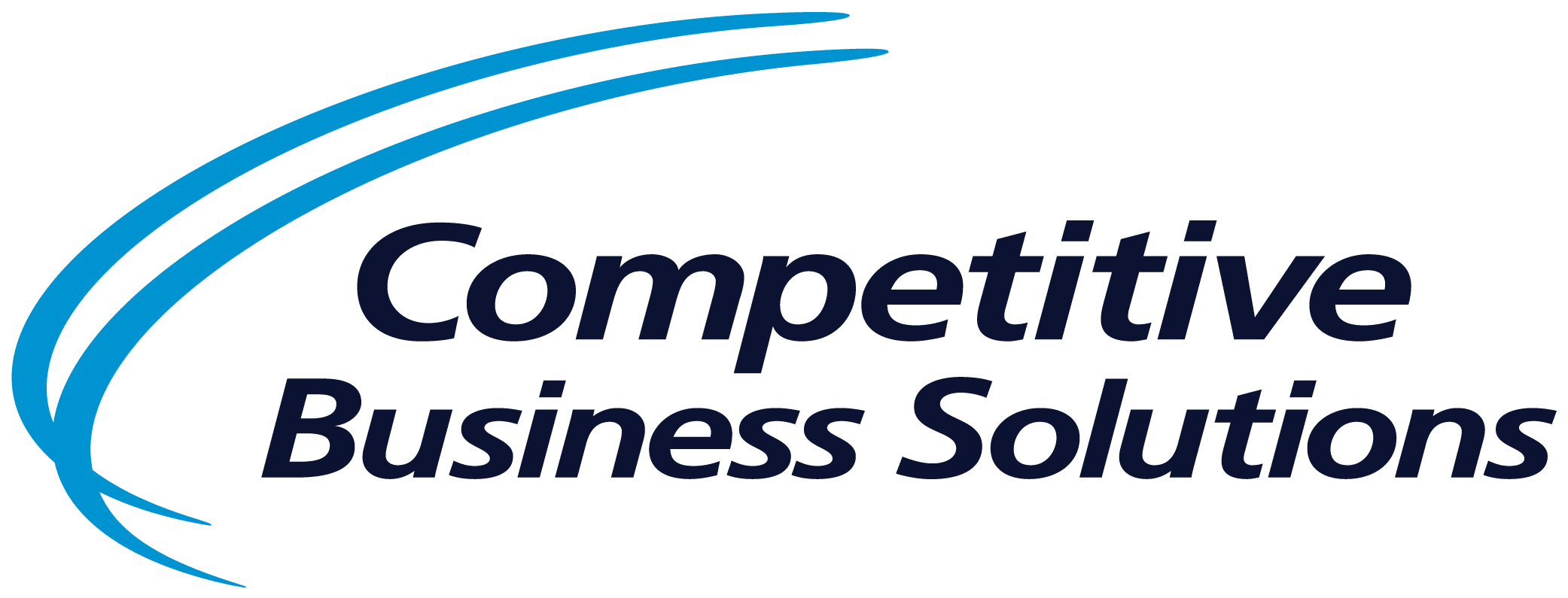SOLUTION AREA: Acquisitions and Integrations
Recently I read an article written by Jack Prouty titled, “ Do No Harm!…Really? ” In this article Jack talks about the negative effects that can happen to the value of the deal by taking this approach. I am in support of Jack’s thesis as it has been our experience that the first 100 days of ownership provide the best opportunities to get buy-in, gain alignment and capitalize the synergies identified at the acquired company.
So, if we believe this to be the case, why do so many of the companies miss this opportunity to capture the first 100-day advantage? It is our belief there are three main reasons for this. First the fear of falling out of favor with the acquisition’s leadership team, thus killing the deal. Next not having a good methodology of identifying and deploying the improvements needed. Finally, seeing the deal process in series versus parallel.
Falling Out of Favor
It is well known that there is an abundance of available capital in the market place today and every organization is chasing after the same acquisition targets. While this condition not only drive up the valuation of the target companies, it also creates additional pressure by the fund providers to their fund managers to put their capital to work.
This pressure to close deals is causing buyers to avoid many discussions that might cause anxiety or controversy with the perspective company. Less and less are buying companies willing to have the open discussion about the improvements that they believe are going to be required to help take the company to the next level of growth or profitability. It is perceived that it is better to take a soft approach until the deal is complete by saying “ we will do no harm ”.
Part of the reason that discussions about changes and improvements are avoided is that often the buying company does not know what changes they are going to make after the acquisition, so they avoid the discussion all together. It is understood there are times when the acquirer really does not know what exactly they are going to change at the time of acquisition. It is this situation that it is critical to have a methodology that can be shared on how you identify and plan to deploy changes in the acquired company. Though the target company does not know exactly what is going be changed, they are reassured there is a process and logical methodology that they will be guided through to identify and make needed changes.
Methodology for Deploying Changes
There are many effective and proven approaches to identifying and implementing change in an organization. The key is to have an approach and to deploy it with rigor and speed. I am particularly fond of utilizing a strategy deployment process that is cascaded down to point of impact.
In this approach both the buyer and seller work together to identify the critical few strategic initiatives that they need to accomplish over the next 3 – 5 years. They take these initiatives and cascade them to the point of impact with documented action plans, KPIs, how much this year and initiative ownership. This process is often referred to as Hoshin Kanri or the X Matrix process.
It is often believed that this process takes significant amounts of time to complete but, when someone is experienced in the approach the identification and structure can be established in just a few days of work. The challenge comes into the follow-up and building the root cause / counter measure culture to sustain and implement the changes.
As you work through these strategic initiatives it is important that you pick out a few key action items/changes and make them part of your initial 100-day implementation plan. When the correct changes/projects are selected, and improvements implemented it will help secure buy-in throughout the acquired organization. Additionally, when done correctly, it will reinforce the acquisition theses and jump start the deal value through rapidly capturing synergies and identified savings.
Implement in Series Not Parallel
There is a time and place to do things in series versus working in parallel. When you are making an initial review of a targeted business, it is probably good practice to not invest too many resources until you are pretty sure you have a good chance of finalizing a deal. Once it is fairly certain you are the buyer of choice, it is well worth the risk to begin working many different approaches in parallel.
As the deal team is working on its due diligence, it is a prime time to start working with the acquisitions leadership team to develop the strategic goals/initiatives for the company. In other words, develop the 100 – day go forward plan. Having this plan in place and ready to deploy the day the deal is finalized gives you a strategic advantage over other companies that start the process after the deal is completed.
It is important that a structured approach is used to manage this process, as to not overwhelm the acquired company’s leadership team. Additionally, use this time to reinforce a positive working relationship between the two parties. If this process is managed properly, it will be a value creator for both the investor and target company
As most lean/continuous improvement practitioners say it is better to get 80% of the savings potential today versus 100% in 6 months. The same is true in acquisitions mode. It is better to start making the changes and capturing the savings immediately after the deal is closed versus waiting until the deal is finalized to start identifying the changes and improvements required.
Ready to optimize your acquisition and integration approach? We can help. Contact us to get expert advice today!
Competitive Business Solutions assists businesses to build a comprehensive acquisition approach that addresses critical strategic business operations.



